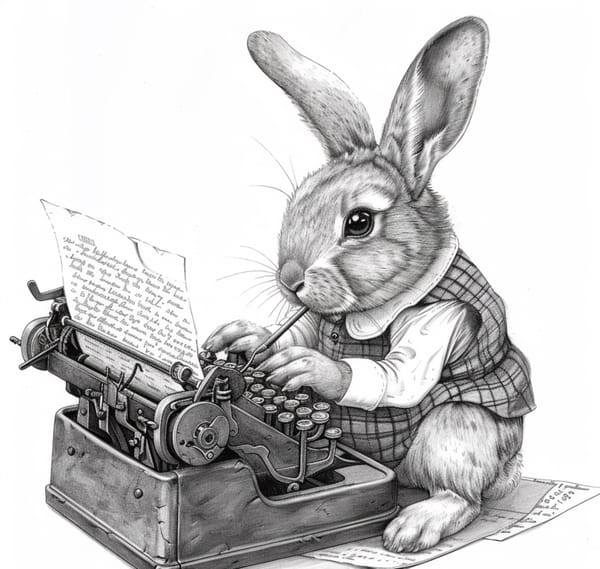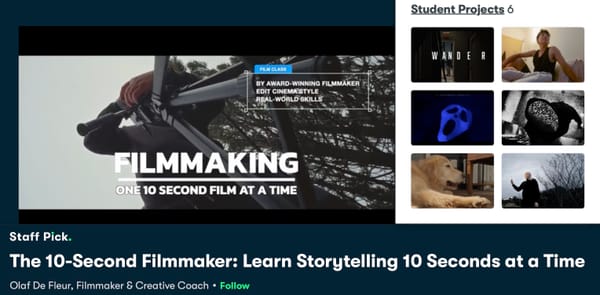Infographics for Writers: How to Stay Focused and Break Inner Loops
Simple visual tools to help you manage distractions, quiet inner dialogue, and stay in creative flow.

Over the past few years, I’ve been exploring how our mental and physical states shape the writing process — and along the way, I’ve created a series of infographics to map out these subtle dynamics. These visuals focus on what I think of as state control or state contributors: the small inner shifts that can either support or sabotage our focus.
What I’ve found is that the wrong kind of inner dialogue — the rushed, doubting, or critical voice — doesn’t just stay in your head. It seeps into how your body moves, how your breathing changes, and how your attention fragments. It can break the natural flow of writing without you even realizing it.
In this post, I’m sharing a few of my favorite infographics. One highlights the idea of staying before the trigger — noticing when worry is about to take hold, and gently steering away before it builds. Another explores how we can reduce unnecessary inner dialogue by lightening cognitive load. Together, they form a toolkit for navigating those invisible moments that matter so much when we’re writing.
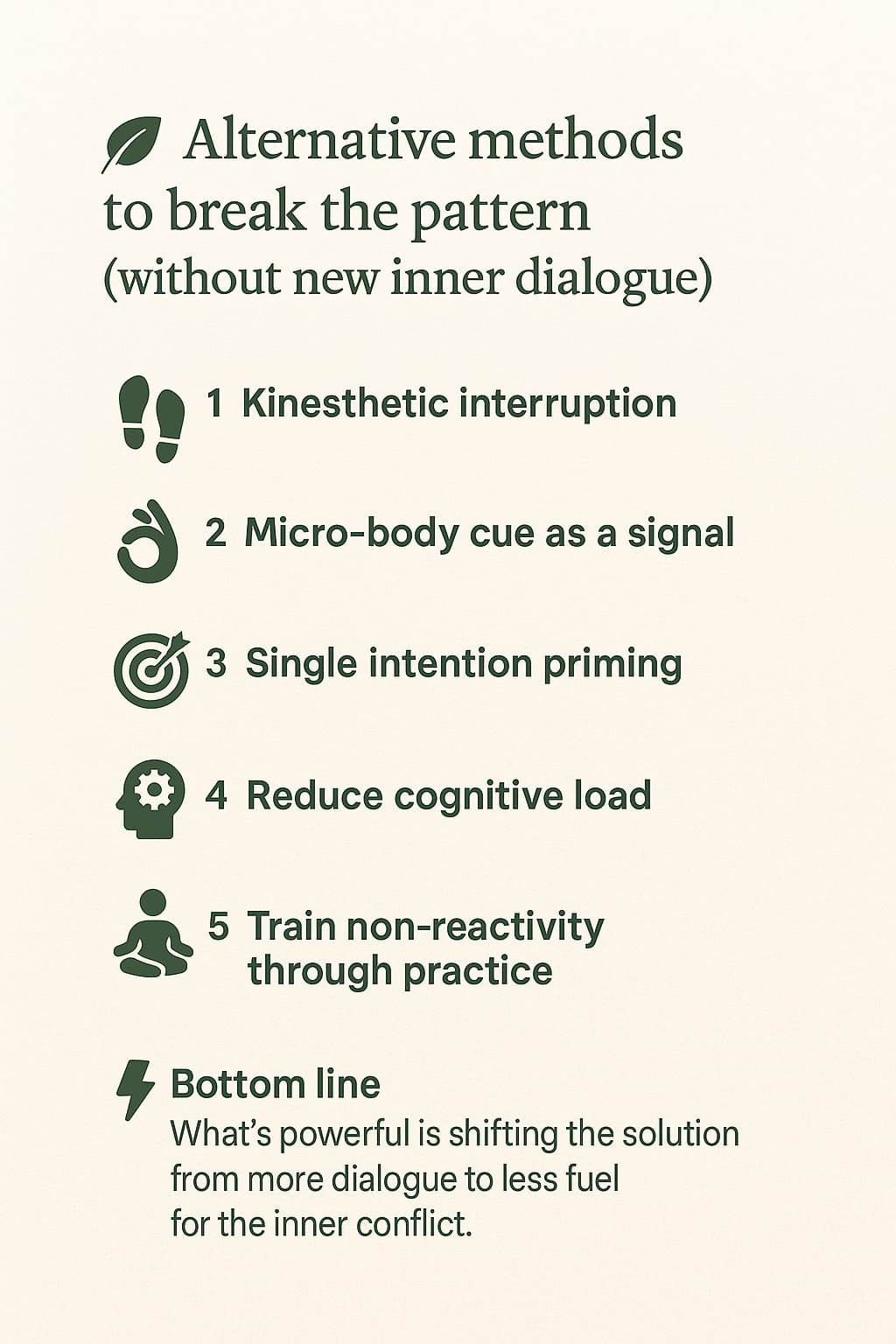
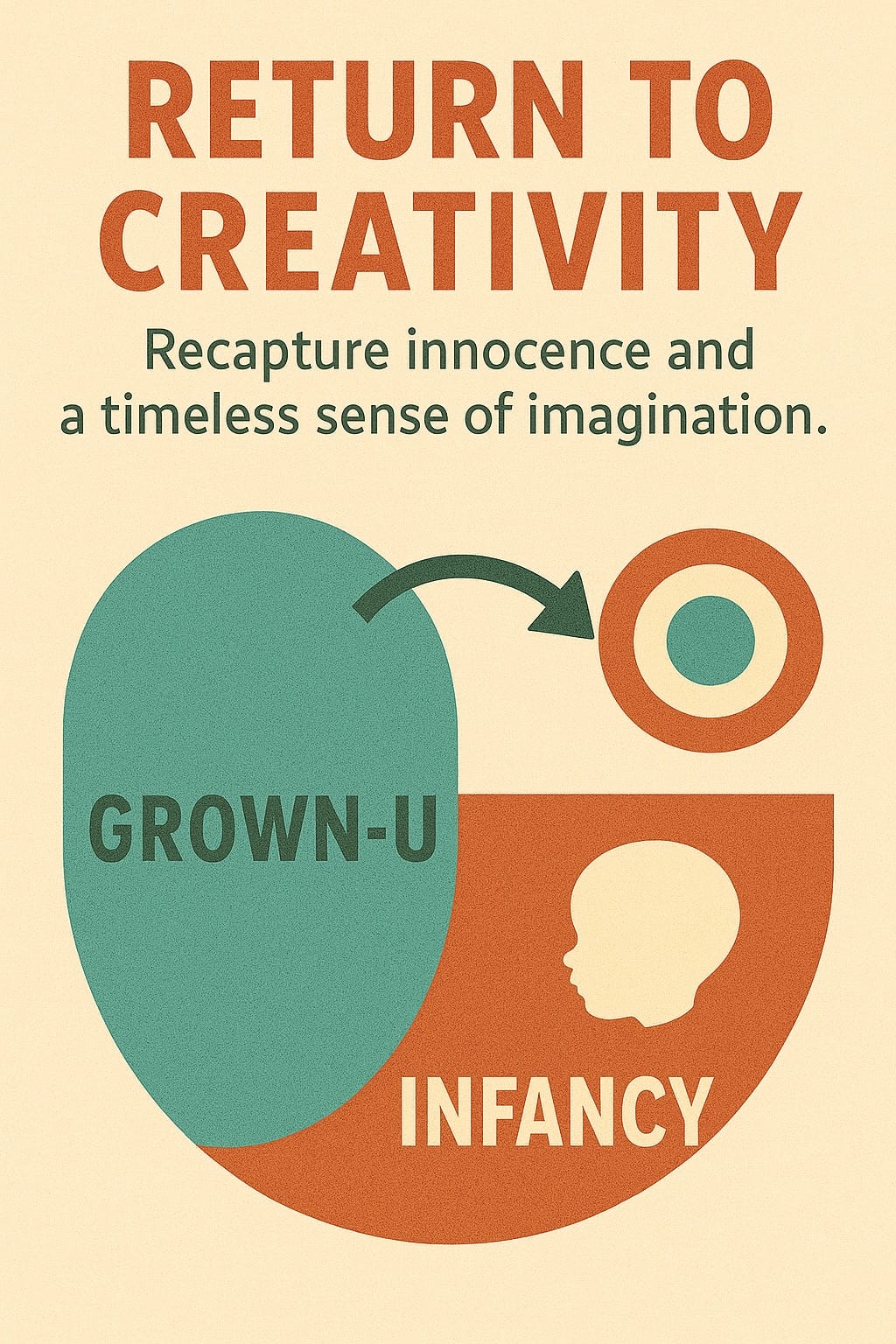
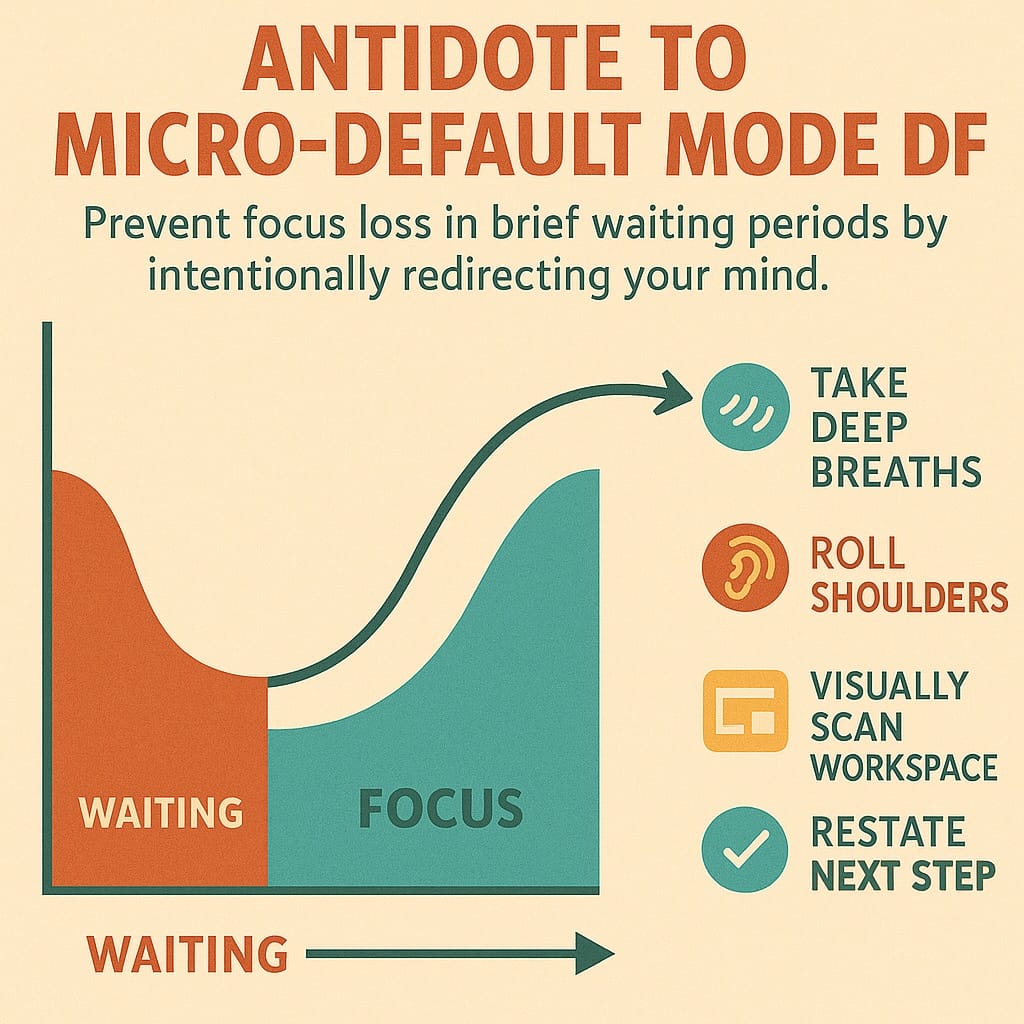
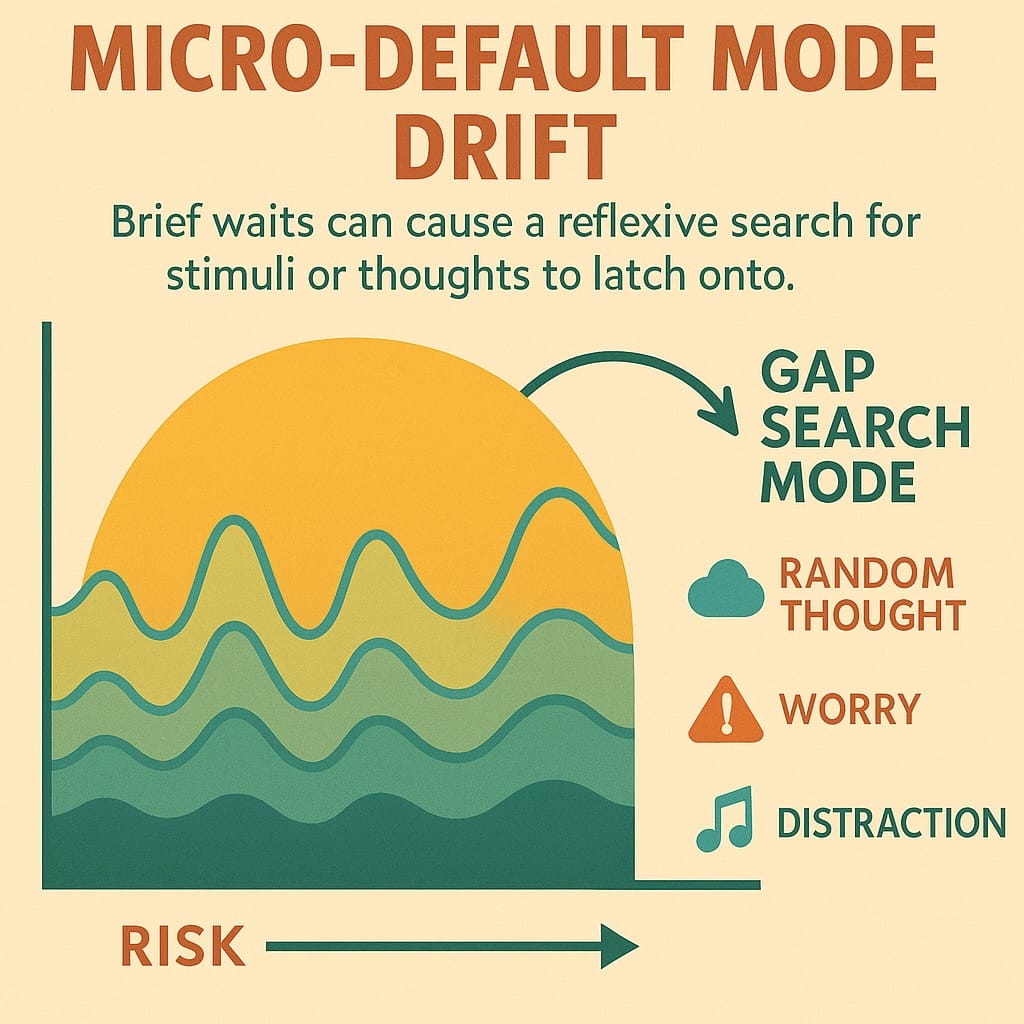
Micro-Default Mode Drift vs. Antidote
These two side-by-side graphics illustrate something I noticed during writing: those small waiting moments — like when your cursor blinks or you’re pausing to think — can nudge the mind into what I call gap search mode. That’s when we reflexively latch onto random thoughts, worries, or distractions. The Micro-Default Mode Drift infographic shows how risk increases the longer we linger in that gap.
The Antidote graphic offers simple body-based actions to help keep focus steady during these micro-pauses:
Take deep breaths - Roll your shoulders-Visually scan your workspace-Restate your next step. It’s a reminder that you can gently steer your mind without adding more mental chatter.
Alternative Methods to Break the Pattern
This one focuses on what to do instead of piling on new inner dialogue. It offers practical alternatives for when you catch yourself spiraling in overthinking or unnecessary inner commentary:
- Kinesthetic interruption (pause, notice inner body gravity pull towards Earth)
- Use weird / different inner dialogue that is new and personal to you, example: "I'm going to decrease tension in my shoulders by 2.7%"
- Micro-body cue as a signal (thumb + forefinger press, shoulder drop)
- Single intention priming (set one intention at start)
- Reduce cognitive load (write down stray tasks)
- Train non-reactivity through practice (observe urges without acting)
It’s less about what you tell yourself, and more about how you physically anchor yourself in the moment.
Return to Creativity
This visual explores a personal theme for me: the idea that to really write or create, we sometimes need to set aside the rigid structures of adulthood and return to a more timeless, playful, and innocent state — like infancy, where imagination flows without judgment. It’s a nudge to recapture that lightness where time doesn’t exist and ideas come more freely.


